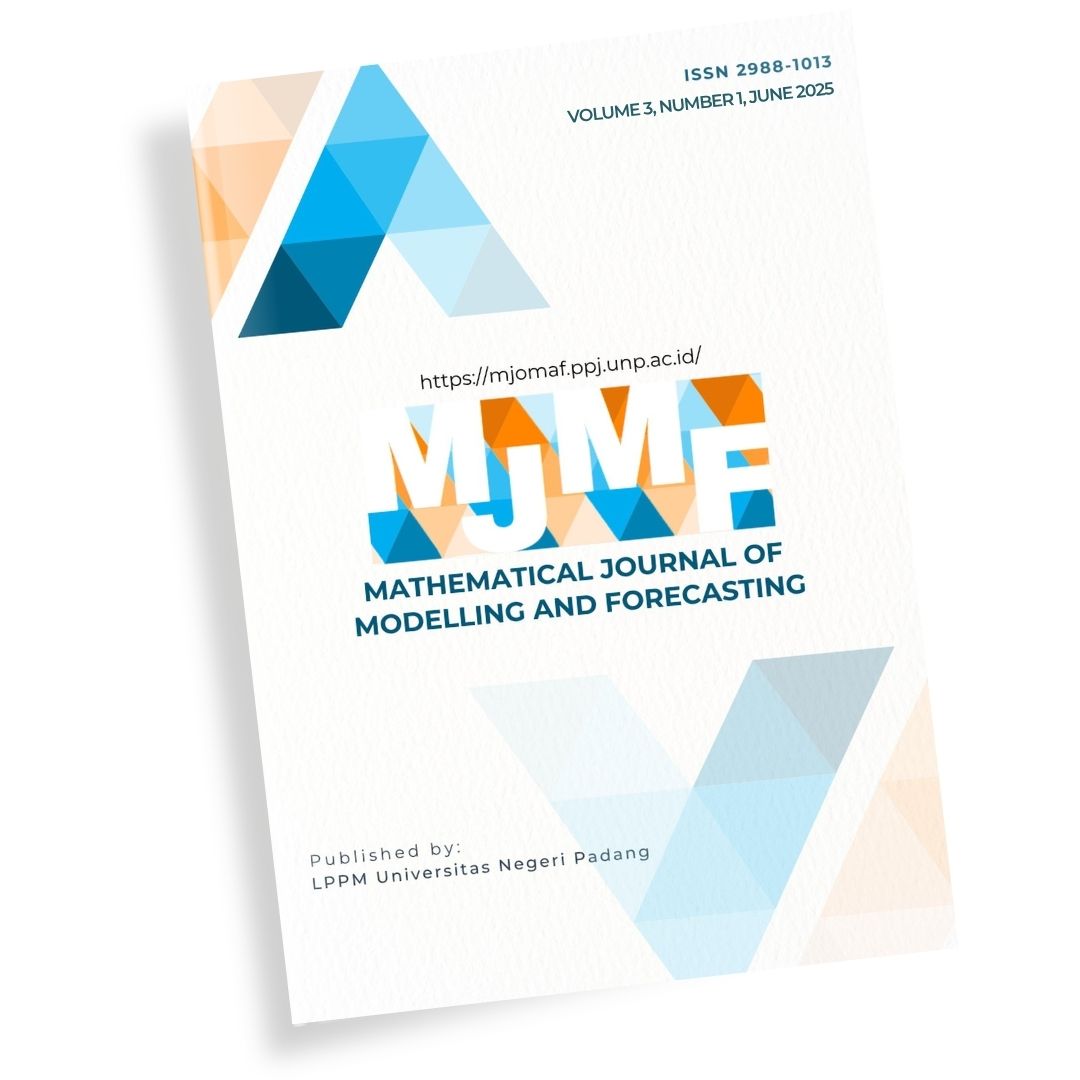Earthquake Point Clustering in Sumatra Island using Spatio-Temporal Density-Based Spatial Clustering Application with Noise (ST-DBSCAN) Algorithm
DOI:
https://doi.org/10.24036/mjmf.v3i1.33Keywords:
Clustering, Data Mining, Earthquake, ST-DBSCANAbstract
Abstract. Earthquakes are one of the natural disasters that often occur in Indonesia, especially on the island of Sumatra. Earthquakes become a frightening spectre because they cannot be predicted when they will come, where they will be located, and how strong the vibrations are, so they often cause damage and casualties. To minimise losses due to earthquakes, it is necessary to divide areas easily affected by earthquakes. One method that can be used to divide these areas is clustering techniques. This study uses a clustering method, namely Spatio Temporal-Density Based Spatial Clustering Application with Noise (ST-DBSCAN), on the dataset of earthquake points on the island of Sumatra in 1917-2023. This method uses a spatial distance parameter (ε_1= 0.28), temporal distance parameter (= 180), and minimum number of cluster members (MinPts = 7) with a silhouette coefficient of 0.0991, resulting in 145 clusters with 15 large clusters and 4922 noises. The epicentres are primarily located in Siberut Island, Tanah Bala Island and its surroundings, the Indian Sea opposite Nias Island, the Sea around the Mentawai Islands, Enggano Island and its environs, Simaulue Regency, and Enggano Island and the Sea around it. The most common type of spatio-temporal pattern found is the occasional pattern type.
Downloads
Published
How to Cite
Issue
Section
License
Copyright (c) 2025 Mathematical Journal of Modelling and Forecasting

This work is licensed under a Creative Commons Attribution-NonCommercial-ShareAlike 4.0 International License.













